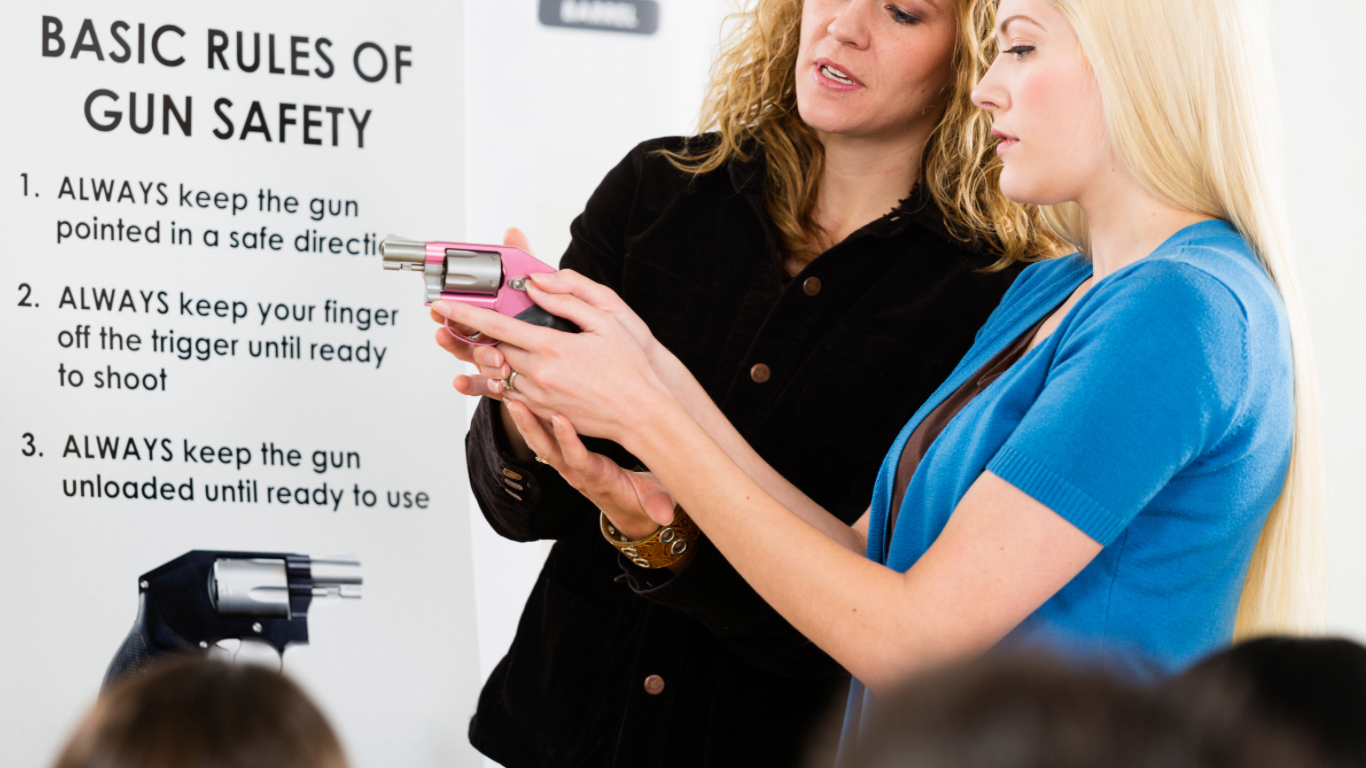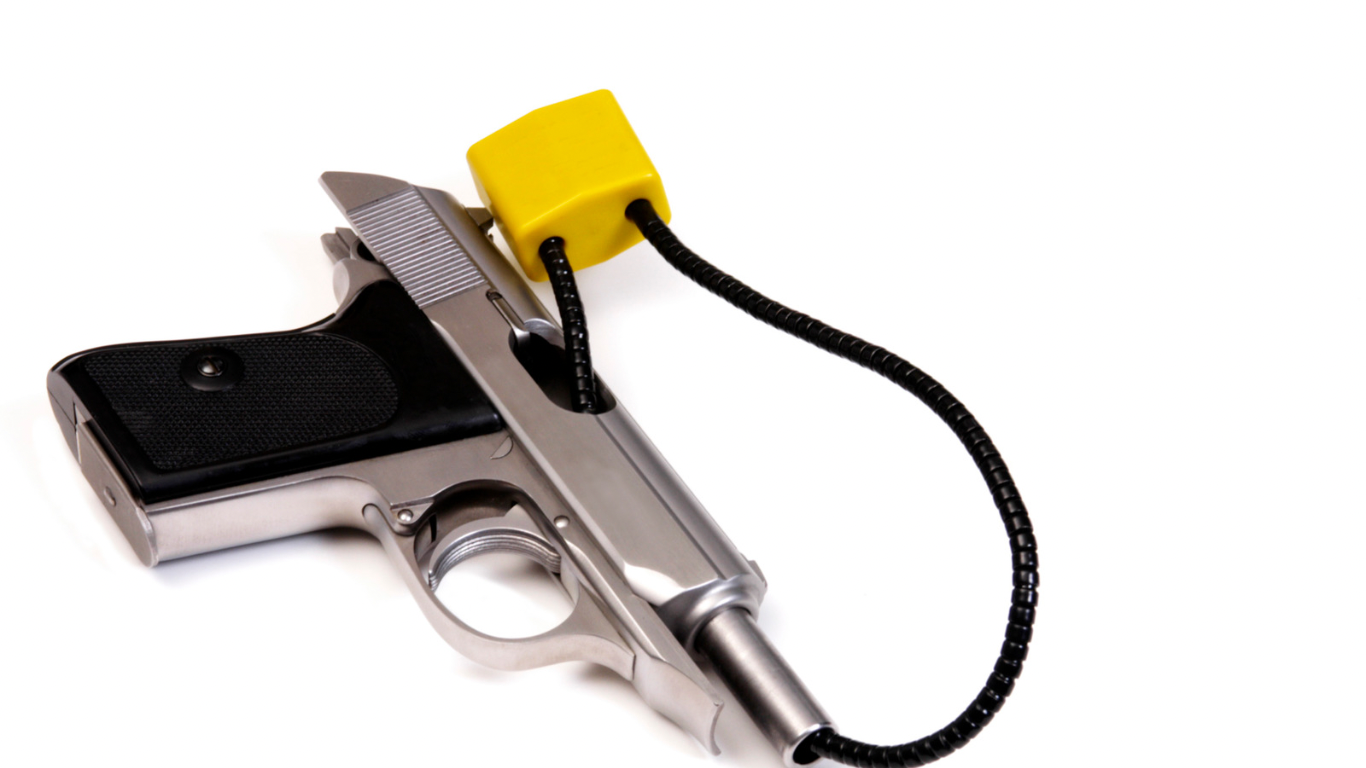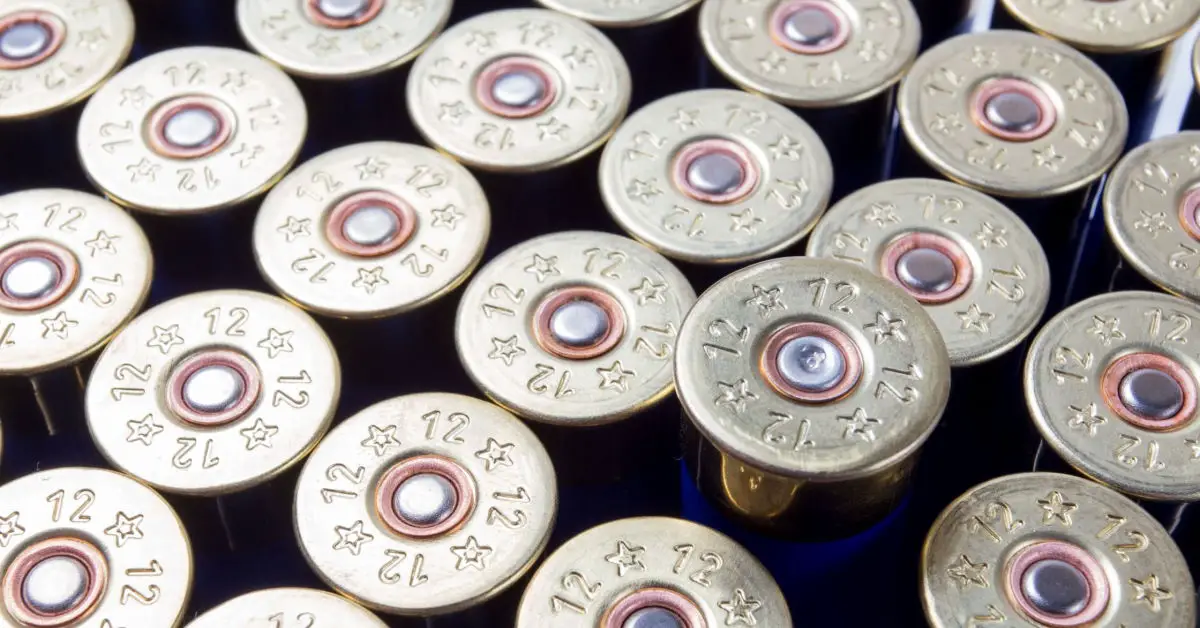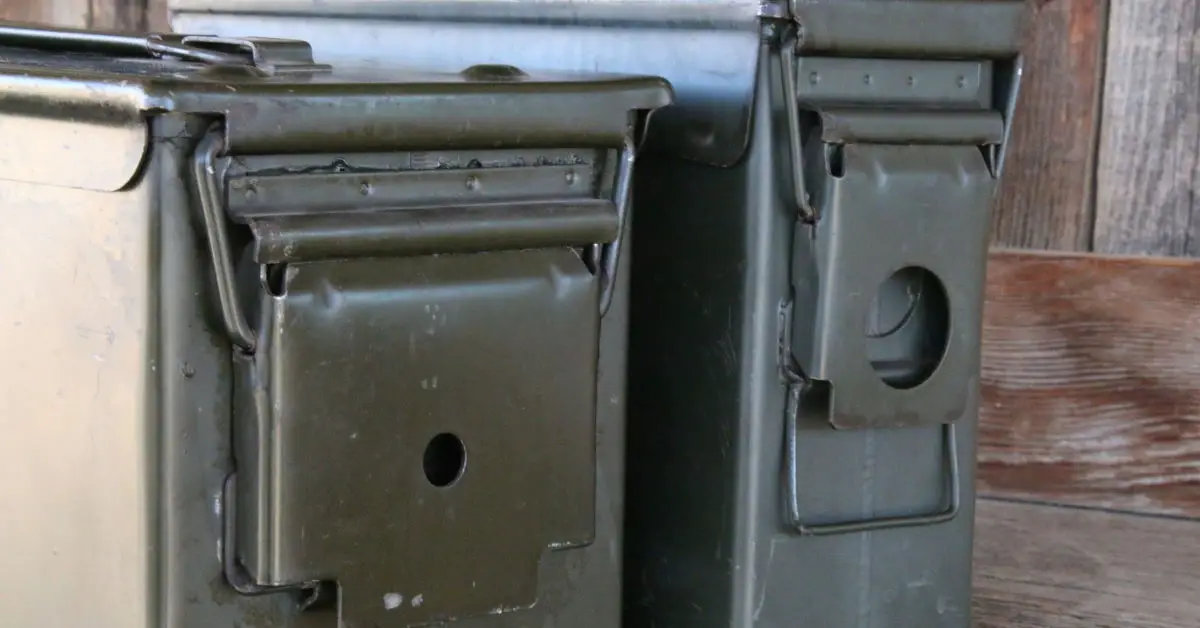Gun safety should never be taken for granted as it is the primary responsibility of every gun owner or handler. Basic gun safety rules such as keeping the gun pointed in a safe direction, keeping your fingers off the trigger, and treating every gun as if it is loaded should always be followed. However, there is more to gun safety than these basic principles. In this blog, we will explore some additional gun safety techniques that every gun owner should know and apply.
Secure Your Gun
A significant step to improving gun safety beyond the basic rules is securing your gun. It is a crucial part of being a responsible gun owner. With so many proper locking and storage devices available today, owning a gun without proper storage solely is inexcusable. A gun safe, lockboxes, or trigger locks are great options for securing your weapons. If you’re carrying a firearm, be sure to keep it close to your body by using a holster.You undoubtedly don’t want anyone without your consent accessing your gun for safety reasons.
Train Regularly
While basic gun safety prevents accidents, regular training is the key to mastering safe usage and handling of firearms. You should consider taking formal gun safety classes or receiving training from experts. This training’s primary aim is to instill discipline, proper handling, cleaning, inspecting, loading, and unloading of firearms. Regular shooting helps improve your grip, sight alignment, stance, and breath control, minimizing accidental discharge.
Don’t Use Alcohol and Drugs
Drinking alcohol or using any drugs before or while handling a gun may sound reasonable, but it is one of the most common culprits behind firearm accidents. This is because alcohol and drugs affect our cognitive skills and control, impairing proper judgment and responsible choices, increasing the possibility of accidents.
Always follow the Rules of the Shooting Range
If you’re headed for a shooting range, always follow the rules by listening to designated range officers and reading the posted regulations. The rules typically include the safe direction to point firearms, shooting only designated targets, loading and unloading firearms only at specific spots, and keeping your gun holstered while not in use or outside the shooting area. By following the shooting range rules, you’re not only keeping yourself safe but also those around you.
Communicate Effectively
One of the most important yet underrated gun safety measures is communication. You must communicate effectively if you observe a person mishandling a firearm, exhibiting dangerous behavior, or using the gun in an inappropriate environment. You should alert the range officer, and if need be, contact law enforcement. Never take matters into your own hands under any circumstances.
Conclusion
Gun safety beyond the basics is an essential responsibility for every gun owner handler. It involves securing your weapons using locks and storage devices, regularly training and practicing, abstaining from drugs and alcohol, following rules in shooting ranges, and effective communication. All these and the already established basic gun safety principles can help prevent firearm-related accidents, injuries, or even fatalities. It is time to be more proactive and responsible in handling firearms than ever before.












